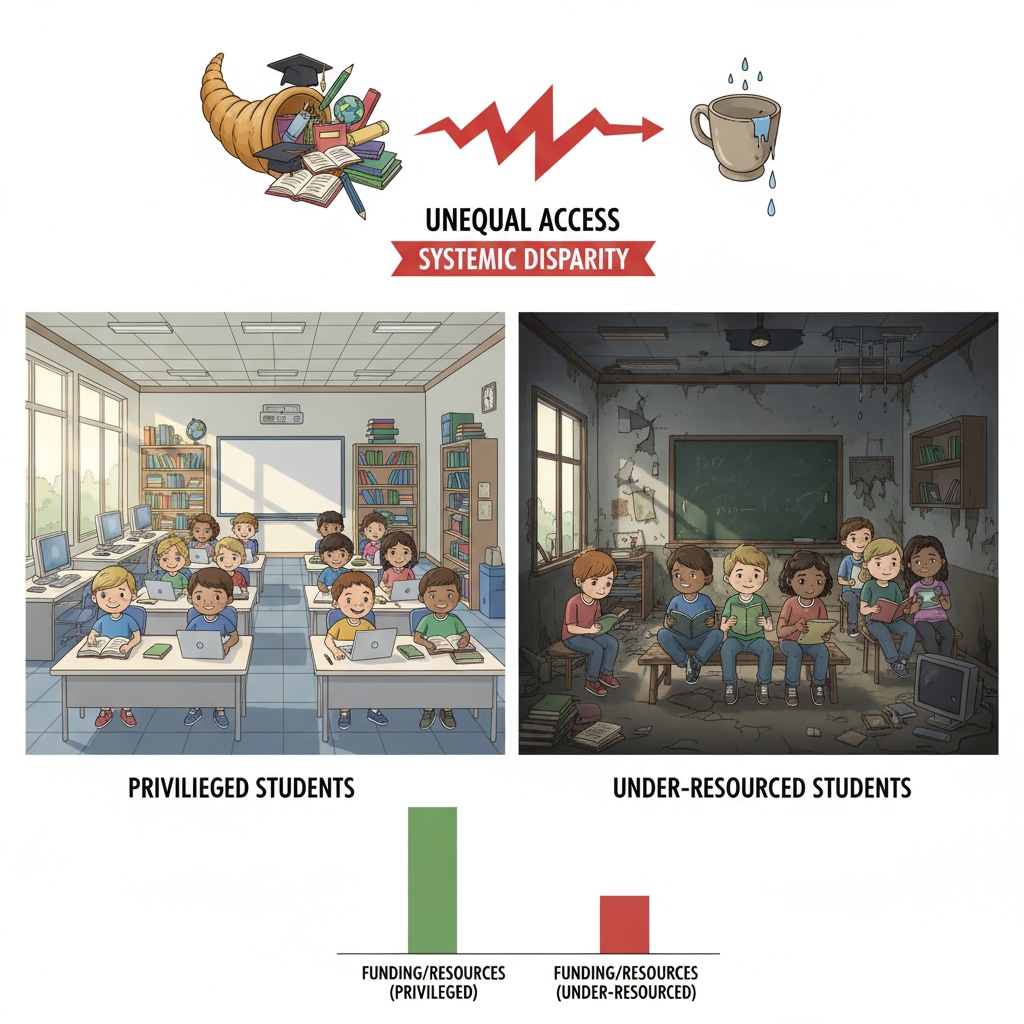The education system, class stratification, and student engagement are crucial aspects that significantly influence the learning experience of students. In today’s K12 education system, an unbalanced structure has emerged. It places excessive attention on two groups of students at the extremes while neglecting the middle layer of ordinary but highly motivated learners. This phenomenon of educational stratification has led to a misallocation of resources and has had a negative impact on the education quality of the majority of students.

The Imbalance in the Education System
The K12 education system often divides students into different groups based on academic performance. On one hand, high-achieving students receive a great deal of attention. They are provided with advanced courses, exclusive educational opportunities, and one-on-one tutoring. For example, many schools have gifted and talented programs that offer specialized curriculum and resources. On the other hand, struggling students also get a lot of support as schools try to help them catch up. However, the ordinary students in the middle, who are eager to learn, are left in a lurch. According to Education Week, this middle group, which makes up a significant portion of the student body, is often overlooked.
The Impact of Class Stratification
Class stratification has far-reaching consequences. It leads to a misallocation of resources. Schools tend to allocate more funds and teaching staff to the extreme groups. As a result, the ordinary students have fewer resources at their disposal. This affects their learning materials, the quality of teaching they receive, and the opportunities for extracurricular activities. Moreover, it also impacts student engagement. When students in the middle feel ignored, their motivation to learn may decline. They may not have the same enthusiasm as before, which further hinders their academic progress. As stated by the National Education Association, student engagement is closely related to the resources and attention they receive.

To sum up, the current education system’s neglect of the middle layer of ordinary but motivated students due to class stratification is a concerning issue. It is essential to address this imbalance to improve the overall education quality and ensure that every student, regardless of their initial academic level, has the opportunity to reach their full potential. By redistributing resources and paying more attention to the middle group, we can enhance student engagement and create a more inclusive and effective education environment.
Readability guidance: This article uses short paragraphs to make the content easier to understand. Lists could be further added in future improvements to better summarize key points. The proportion of passive voice is controlled, and transition words like “however”, “moreover”, and “as a result” are used to make the article flow smoothly.


